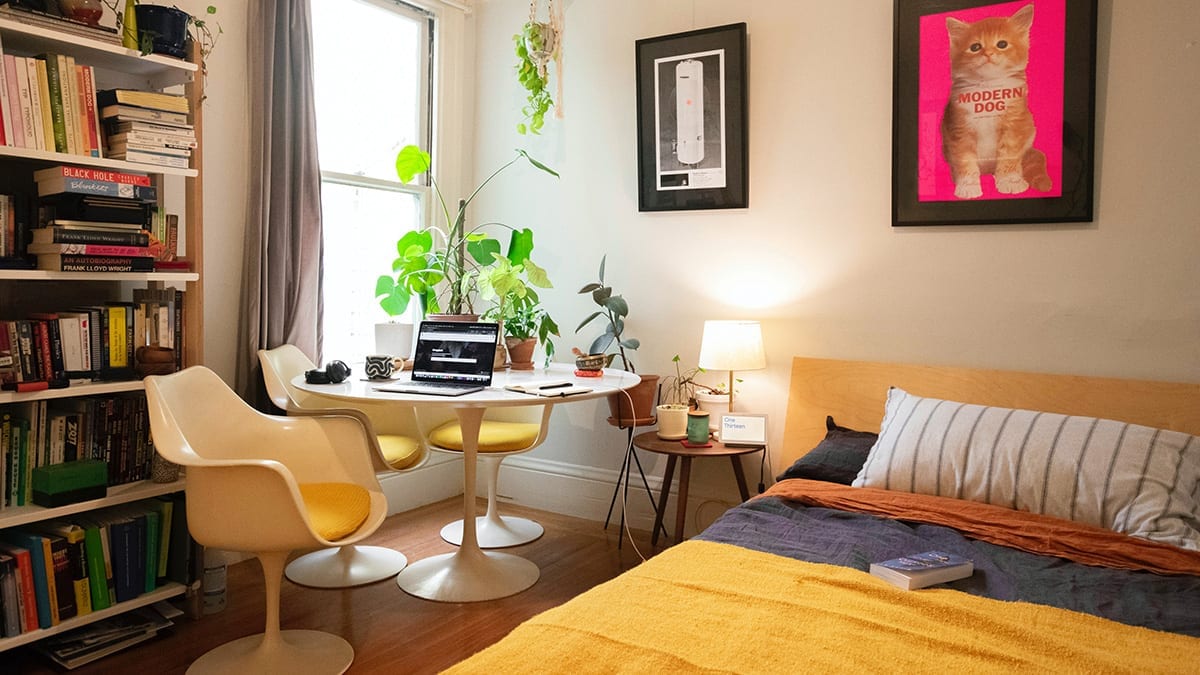
Building a Future of Work that works for everyone
Marc Nohr shares how we can create an inclusive work culture at Advertising Week 360
The storm clouds are gathering once more. For many, understandably worried about their jobs and businesses, the cautious optimism of late summer as we planned our return to ‘normal’ working life, has dimmed a little. But this will pass. We still have a once-in-a-generation opportunity to reset and build a truly flexible future of work that works for everyone. And we must not waste it.
In February I was honoured to join BITE’s editor, Nicky Kemp, on Timewise’ Power 50 list, alongside many others who have made the success of working part-time or flexibly at the top level. We had no idea that outliers like us would soon become the mainstream, as everyone started WFH.
I’ve always worked flexibly or at least tried to. It is essential to my health, creativity and productivity. I know from personal experience that managing your boundaries, especially when working flexibly, is hard. But the personal and professional gains are worth it.
With few exceptions, I believe the same applies to most people, especially in our industry. Our greatest commodities – talent and creativity – can easily be damaged by the long hours’ work culture, by the office environment and by presenteeism. The mass social experiment of the last six months has proven we can almost all work remotely. Offices can be the wrong place for focused work and our best ideas can come when we are liberated from our desks. But this time has also highlighted the bits we miss and need the most: The joy of being with like-minded, creative people; the serendipity that occurs when you share the same workspace; the casual mentoring; the ease with which ideas flow and the fun, of course.
So, what does the future look like?
In rethinking how we work, we need to be at our most imaginative. There is a win-win here. Employers can save real estate costs, retain talent and make better work. Employees get the freedom to work as they truly want to.
Where do we start?
As always, we start by listening, observing and trying things out. It won’t always work; it won’t be perfect. But we will make progress.
Let’s talk about how we measure productivity, too. This requires a wholesale look at how agencies and clients work together. It is something I’m proud to be working on with the IPA, but as leaders, we can start to think differently about how we use our time valuably, now.
Research from industry charity NABS revealed that 37% of employees are struggling with the new pressure of online presenteeism – with 35% citing long virtual video conferencing meetings as a stressor and 45% finding it difficult to set boundaries around working hours.
We should be using our ‘extra’ time more wisely. I would argue that less commuting means more time to split between exercise, socialising, family and yes, perhaps a little more work of the deep and focussed kind. Or to be there for our colleagues.
This speaks to my final, and perhaps the most important point: we need to look after ourselves and each other. Instead of taking this opportunity to forge new, inclusive and flexible ways of working, the industry is at risk of simply replacing one toxic working practice with another.
As we enter this second phase, with no clear end in sight, we need to recognise that everyone needs support. It’s a sign of strength, not a weakness to ask for help.
When we grow, we help our colleagues grow, our clients grow and our businesses grow. Or perhaps in this economy, regrow.
This article originally featured on Advertising Week 360


